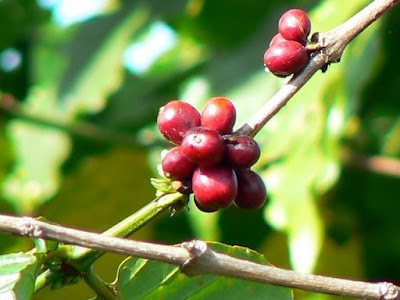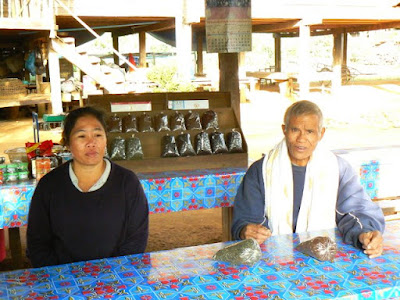Most of my Lao friends here are people who came to the US as adults, either recently or back in the day. They are more comfortable speaking Lao than English. I'm also friends with people who are Lao by ethnicity but who grew up in America. I feel proud when I see them succeed within the greater framework of American society. They are very American, but are also Lao. The things they write allow me a perspective into Lao culture that I'm seldom able to get from my fellow falangs, yet they can express it not only in the language of America but within the cultural context of modern American life.
Some of the blogs I read are written extremely well with a poignancy about life and it's connection to their Lao-ness that cuts to the quick. I don't link to these blogs. Some of them are very personal, dealing with matters of self identity and family. I think they might well be written for a limited audience. My web crawler sorts them and alerts me to posts.
The photographer and artist below is someone who obviously knows his blog might well be looked at by many people so I link here. Take a look especially at his drawings, you can find many via the link on his side bar. They seem to be from photos but with a soul inserted into the image. They are very realistic, but even more true than a photo if you follow me.
http://www.b-vong.com/journal/

Time and again I think I recognise the people in the pictures only to realize that they aren't some one's kids I saw at the party or down at the Lao store. They are as Lao as the sound of the saat hitting the coke, or the steam of sticky rice in the kitchen or tang jeao padek. And they are 100% American.
http://www.b-vong.com/journal/




























